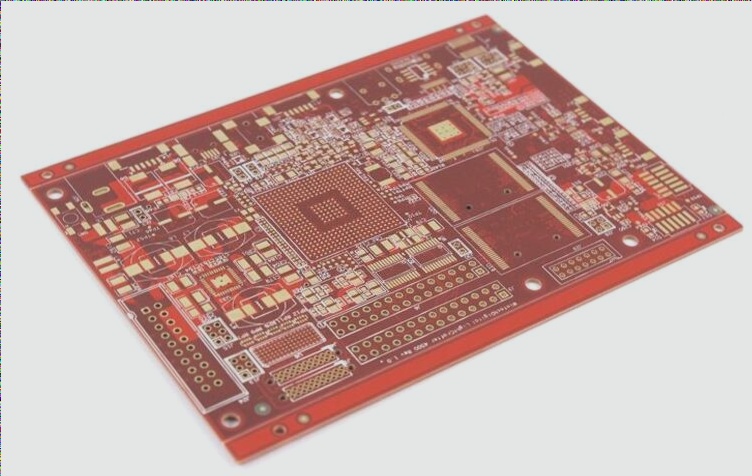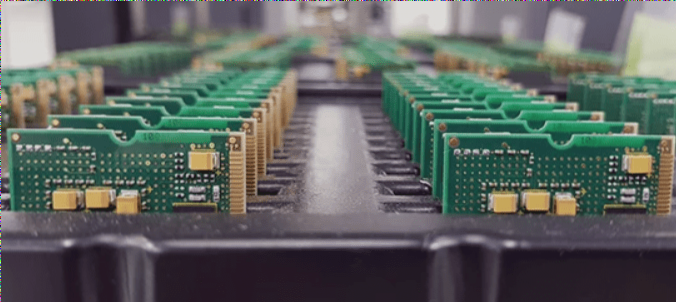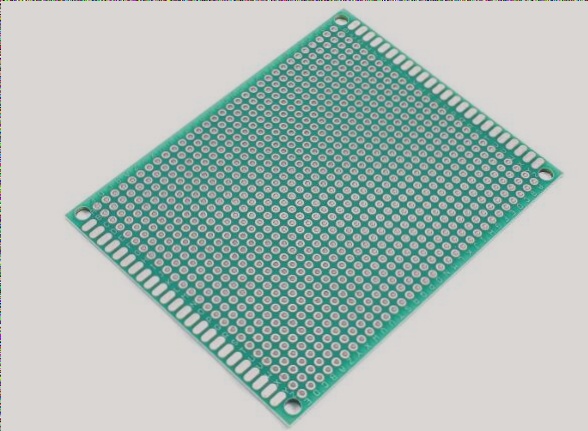PCBA Aging Test: Ensuring Reliability and Stability
PCBA Aging Test evaluates and verifies the reliability of PCBAs under prolonged use and environmental changes. It simulates real-world aging scenarios to ensure stable performance over time.

Designing the Aging Test Program
- Determine parameters based on PCBA design and usage environment.
- Consider factors like aging time, temperature, humidity, and voltage.
- Refer to industry standards for guidance.
Setting Up Test Equipment
- Prepare aging equipment like boxes and regulators.
- Adjust parameters such as temperature and voltage.
Conducting the Aging Test
- Place the PCBA in the aging equipment securely.
- Expose it to the specified conditions.
- Monitor electrical parameters during the test.
Verifying Test Results
- Perform functional and performance tests post-aging.
- Check modules, interfaces, and ports for reliability.
Recording and Reporting
- Document test results for quality control.
- Use reports for traceability and future improvements.
PCBA Aging Test is essential for ensuring long-term stability and reliability. It helps in detecting potential issues early and making necessary improvements.



